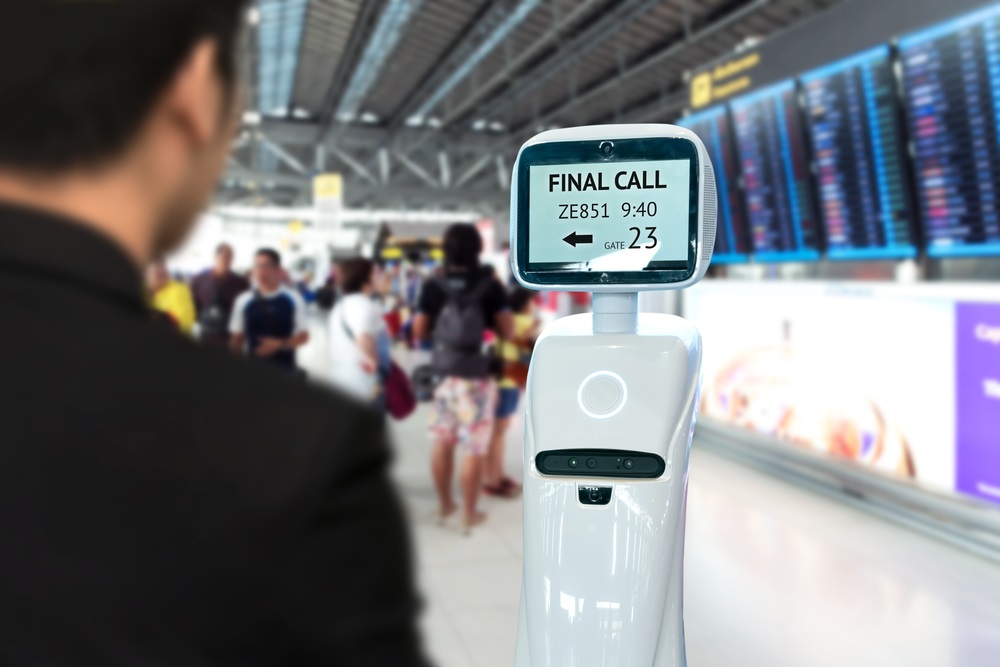What Innovation is Key for Airport Management Success?

With passenger numbers on the rise, it is important airport management procedures are developing to manage the increase in footfall successfully, ensuring no part of the airport is jeopardised: the passenger experience isn’t affected, security stays vigilant, vacancy units remain low, tenants maintain strong sales performances, health & safety procedures remain alert, communication with passengers continues to be effective, all operations are addressing challenges from competitors, the list goes on.
Technology is advancing constantly, delivering truly innovative concepts to react to the challenges listed above which are disrupting the airport industry as we know it!
One development that is becoming a hot topic in the industry is biometrics. This advancement has the potential to change the entire travel experience and drastically reduce wait-time. Queues are a pet peeve for all passengers and reducing them would really enhance the travel experience. Not only that, reducing queues allows passengers more time to enjoy the airports retail and F&B offering, equating to more sales opportunities, increasing the airport asset value. Read more about biometrics here.
Artificial Intelligence (AI) has been talked about over recent years but it really seems to be coming into its own. Many airports are starting to utilize ‘chatbots’, a feature which can send automated answers to more basic questions, freeing up customer support employees to deal with more complex questions quicker. Another AI development is robotics, these are being developed to assist with a variety of tasks including cleaning, customer service, and luggage transportation. This innovation allows airports to be much more effective and as the technology advances, this could lead to a massive shift in the sector!
Maintenance is a big operating cost for airports and the developments in technology such as automated processes, longer lasting materials, and LED lighting, really help to reduce this. A new advancement which really stood out to me is a method of monitoring engines remotely from the ground through a development called digital twins. This is when a virtual replica of an engine is created when the asset is being designed and manufactured, which allows engineers or IT systems on the ground to monitor essential, real-time information such as temperature or pressure while the aircraft is in-flight. This innovative development will really optimize and streamline procedures.
It is important that all aspects of the airport are generating profit and performing in the most effective way possible, and this starts in the car park. The taxi world is developing and with apps like Uber and Lyft making it much more convenient for passengers to order a taxi, why would someone choose to drive and park at an airport, pay the parking charges, spend time searching for space and on return, searching for their car? The sector has responded to this and is utilizing technologies to implement procedures such as smart parking, robotic concierge services, and loyalty car parking programmes. It is key that airports use innovations available to continue reaping the significant revenue that comes from the car park – read more here.
Airport management teams need to stay up-to-date with advancements, in-tune with passenger’s growing expectations and constantly question how they can improve and streamline procedures. The new innovative opportunities available seem to be coming at pace, which makes for an exciting future, but airports need to pick the winners and really research to ensure they invest in the right innovation which will improve the overall asset.
What innovation do you think is key for airport management success in 2018?